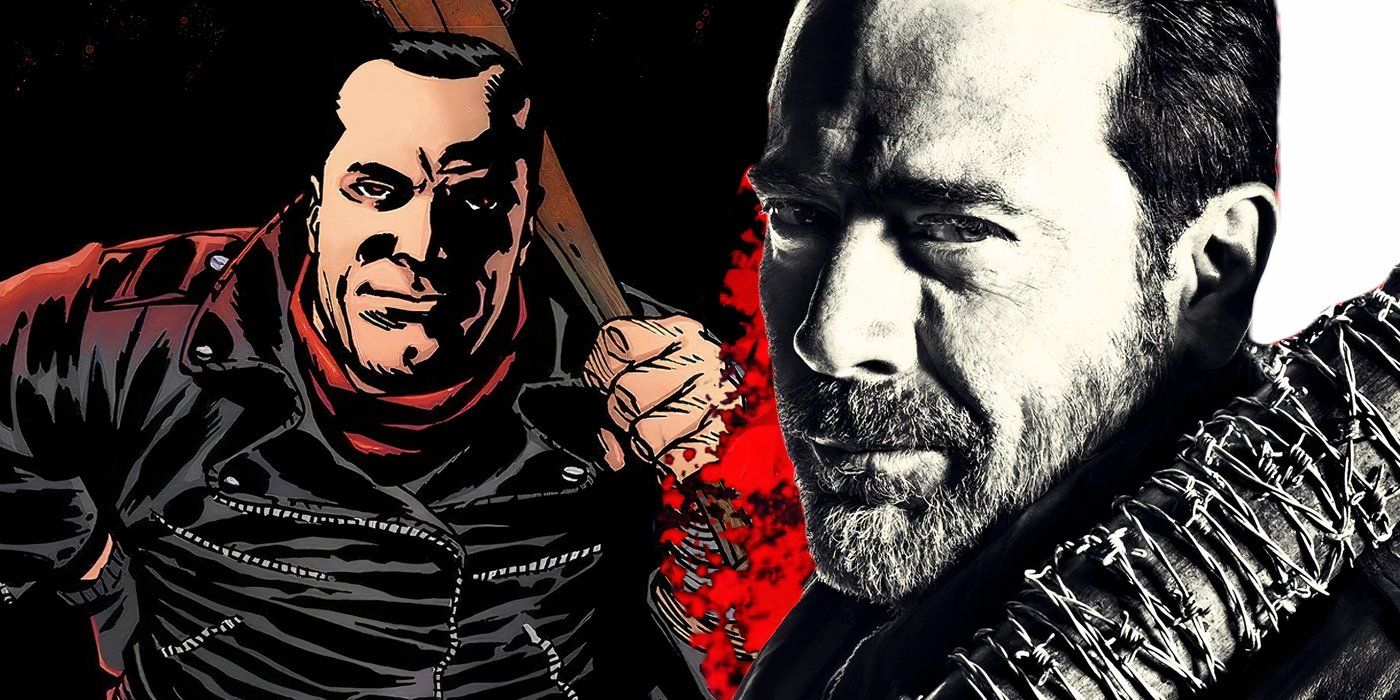
The Walking Dead Deluxe #103 – written by Robert Kirkman, with art by Charlie Adlard – contains the author’s annotations to the behind-the-scenes of the comic’s creation, offering an unparalleled insight into how the story took shape.
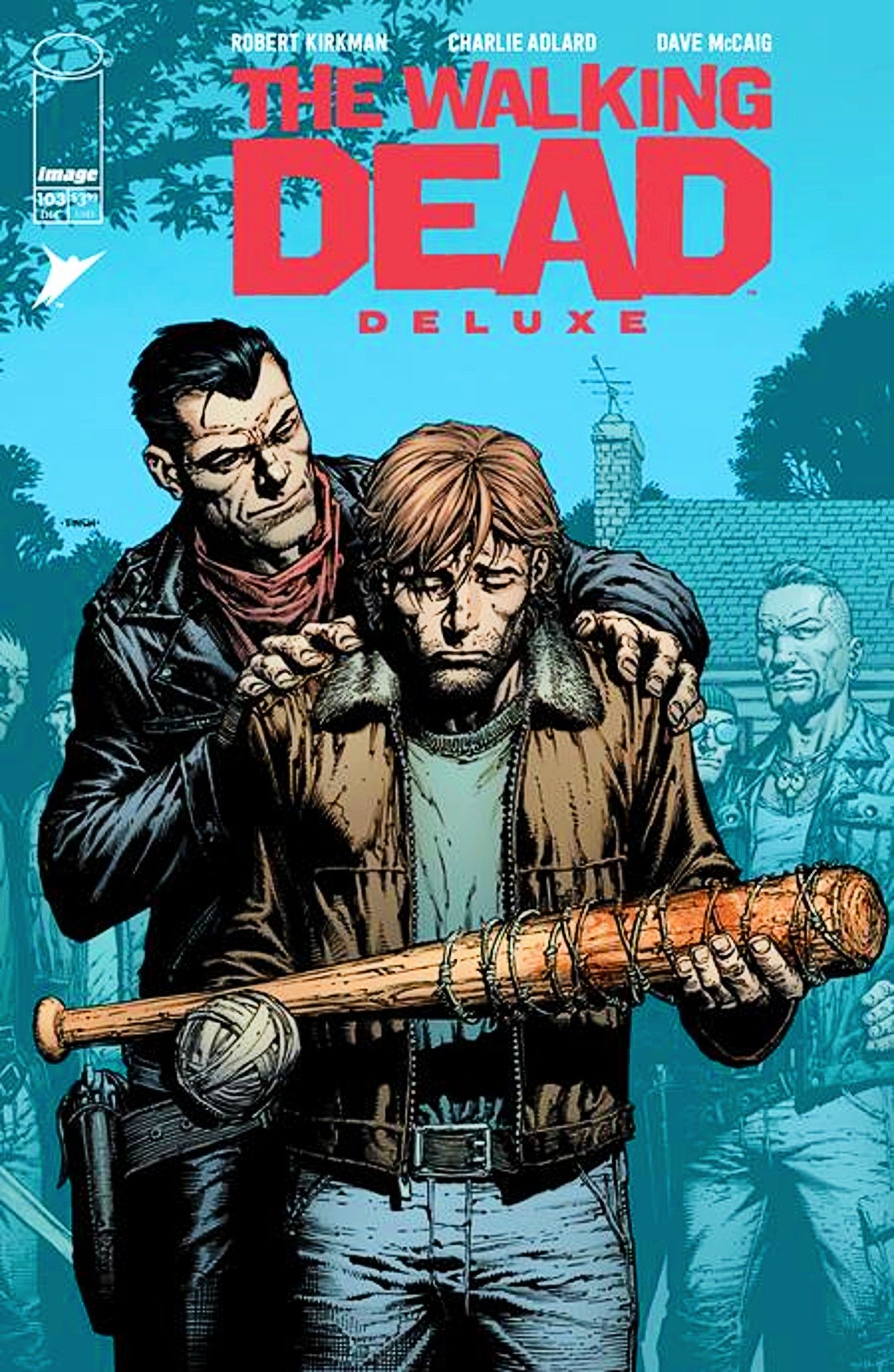
The hundredth issue of Walking Dead was a milestone in multiple ways, including the first appearance of Negan; it also came at a pivotal time when the production of the comic and the early seasons of the TV show overlapped, and Kirkman’s recollections give fans a greater sense of how the adaptation influenced the source material.
Walking Dead Creator Robert Kirkman Doubted That Negan Would Be Fit For Adaptation To The TV Show
The Walking Dead Deluxe #103 – Written By Robert Kirkman; Art By Charlie Adlard; Color By Dave McCaig; Lettering By Rus Wooten
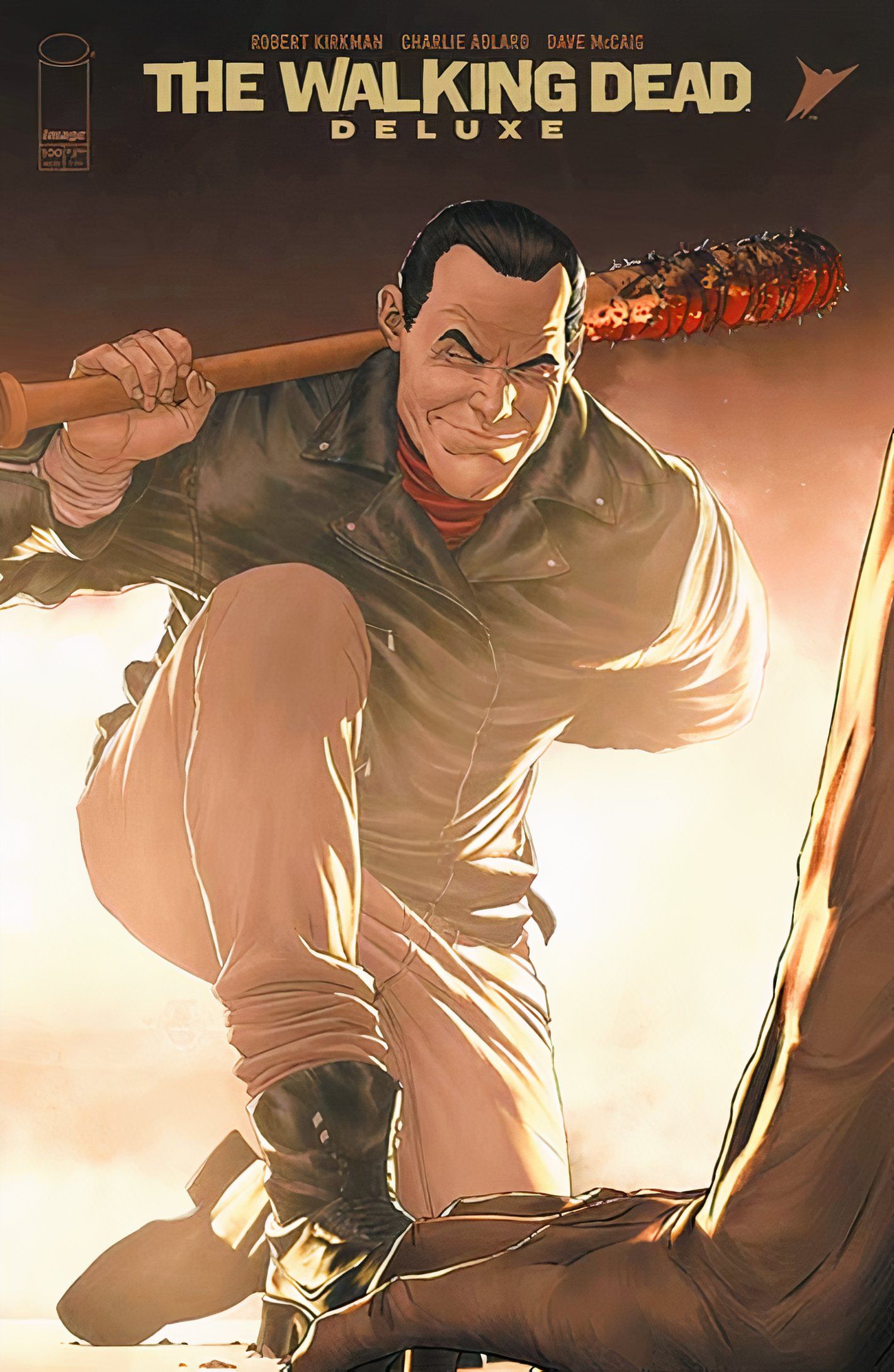
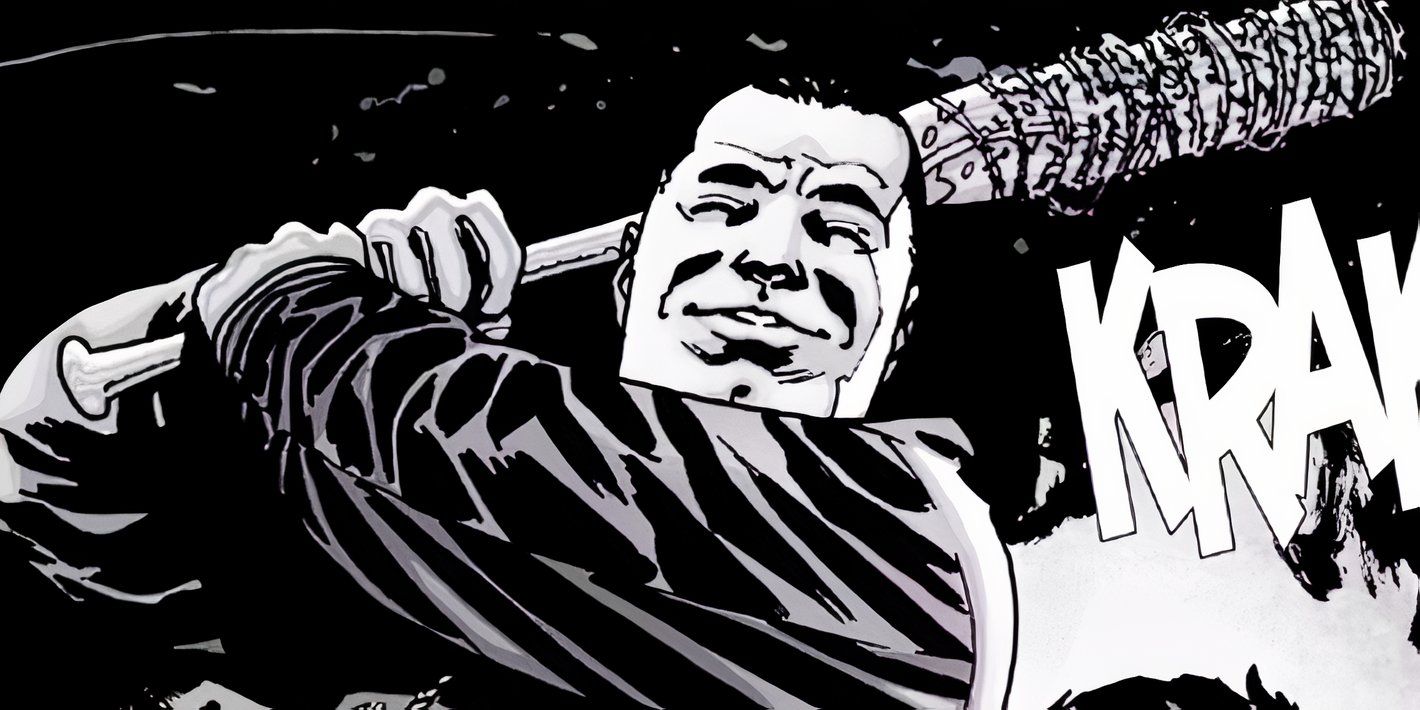
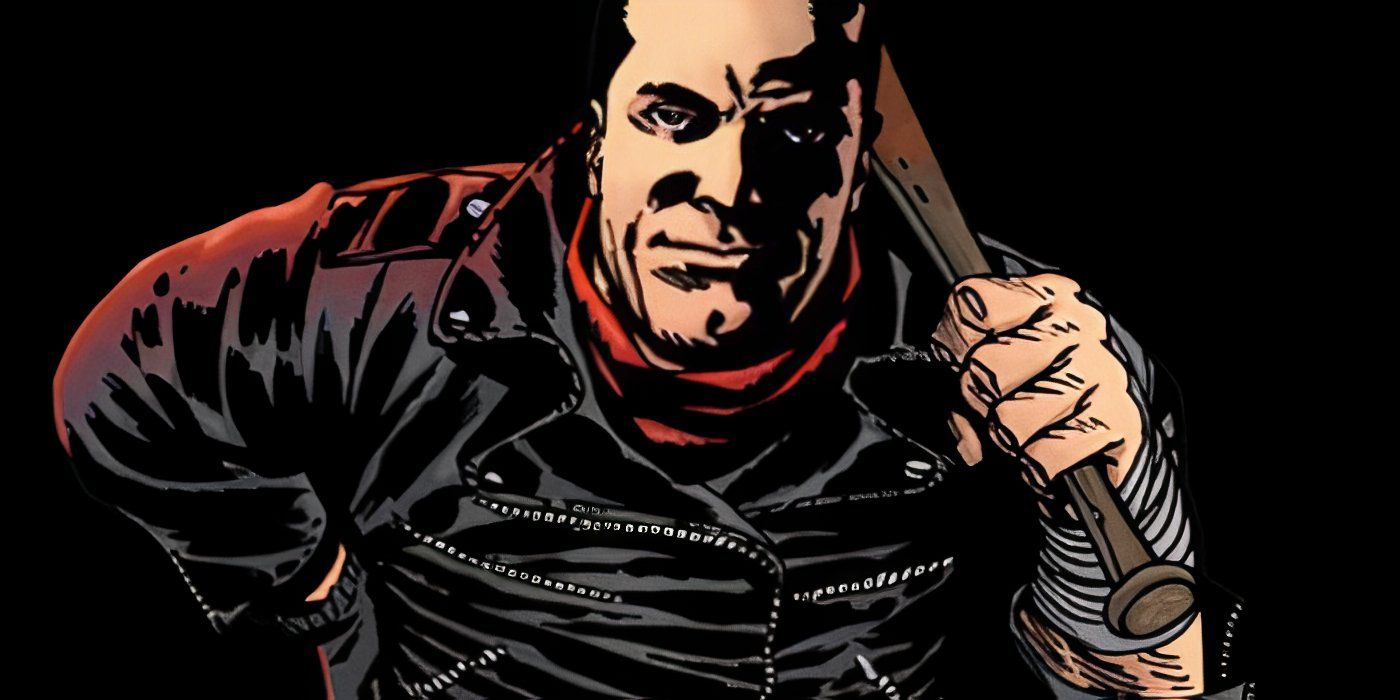
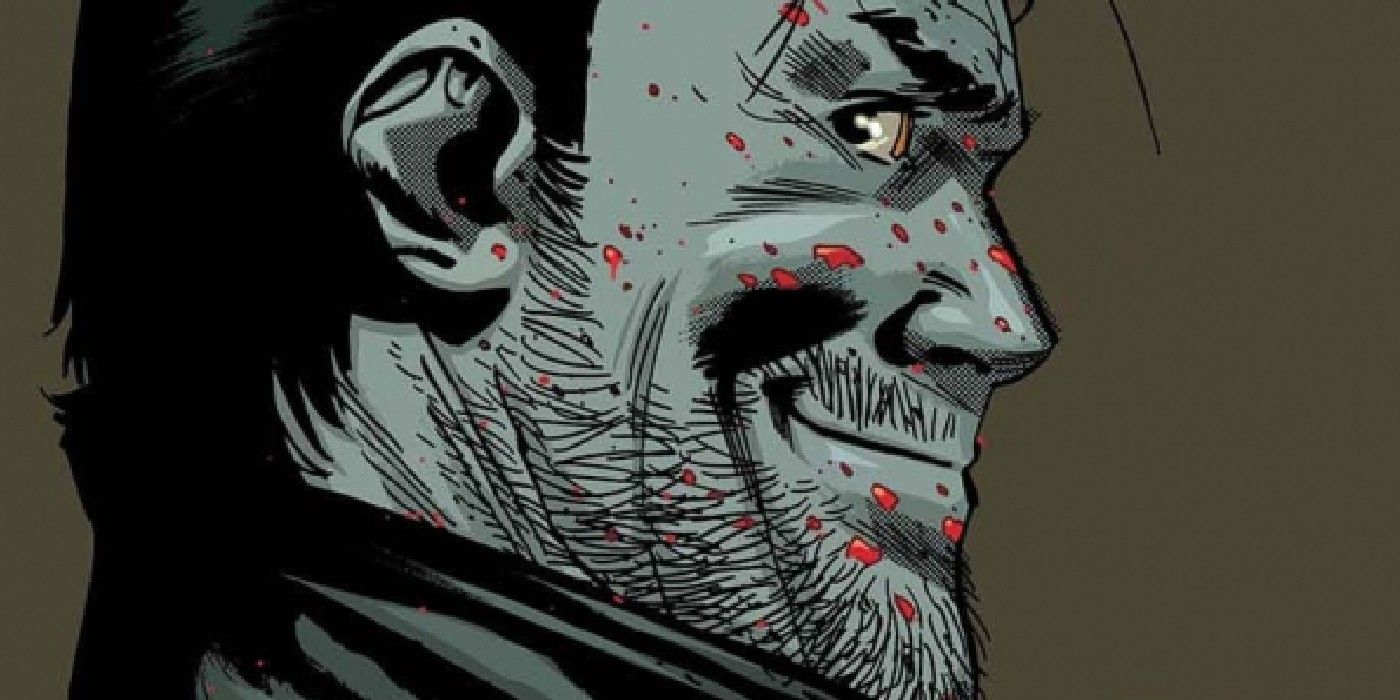
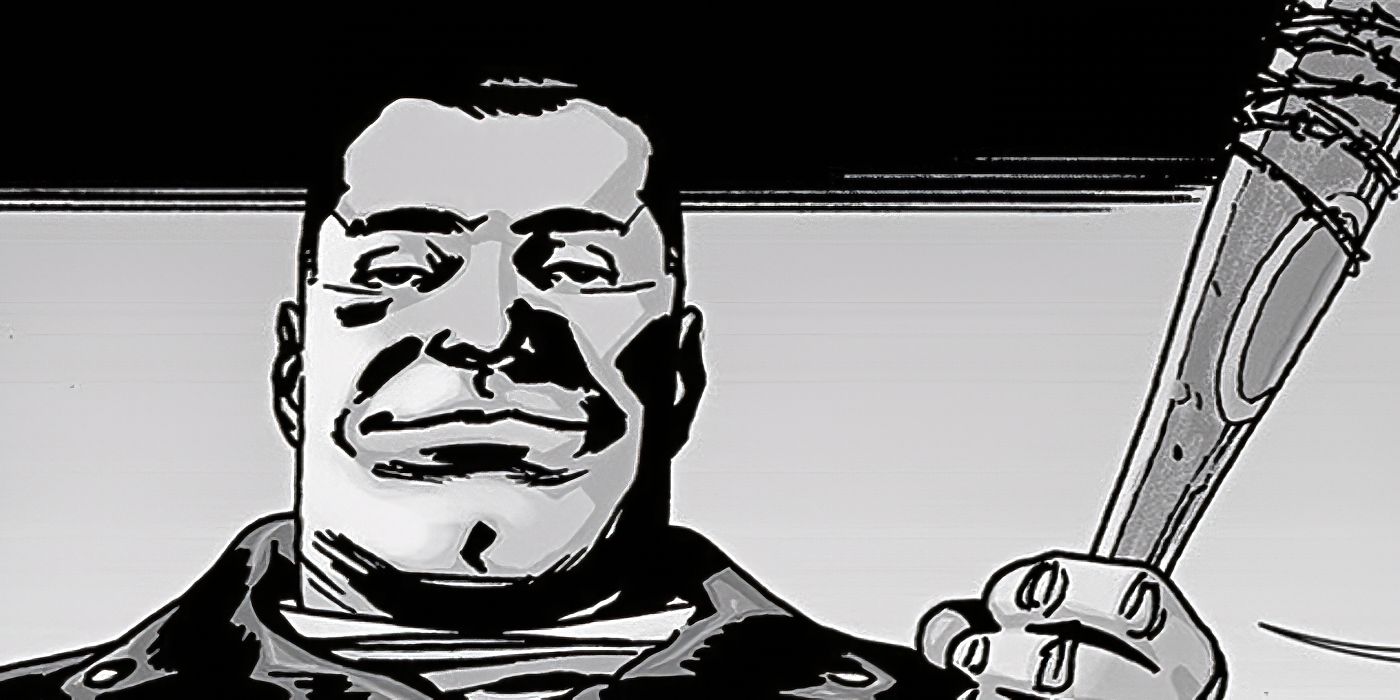





When Negan and his brutal band of Saviors did make their way into the TV version of The Walking Dead, the character was necessarily toned down, at least in terms of his penchant for vulgar language, if not his knack for sensational violence. Ultimately, however, the Jeffery Dean Morgan live-action take on the character took on a very similar role, and similar arc, to his comic book counterpart – despite Robert Kirkman’s initial belief that this might not be the case. Fascinatingly, the reason he thought that was because he was intentionally crafting a character too intense for TV.
As Kirkman wrote in The Walking Dead Deluxe #103:
Post-issue 72, the last issue to ship out before the TV show came out, I was fighting the “Are you writing this so it CAN appear in the TV show?” feeling constantly. So, the ideas got bigger and crazier. Which led to all kinds of cool stuff. I have to admit, in the back of my mind, I was probably thinking, “They’ll never be able to put this foul-mouthed lunatic in the show.” That has to be some element of Negan coming into being. Little did I know, eventually the amazing Jeffery Dean Morgan would be bringing him to life in a way that would enhance the character to new, loftier heights.
Robert Kirkman’s Refusal To Prioritize TV Over The Walking Dead’s Comic Source Material Helped Define The Second Half Of The Series
The Walking Dead Deluxe #103 – Main Cover By David Finch & Dave McCaig (Color); Variant Cover By Charlie Adlard & McCaig (Color)
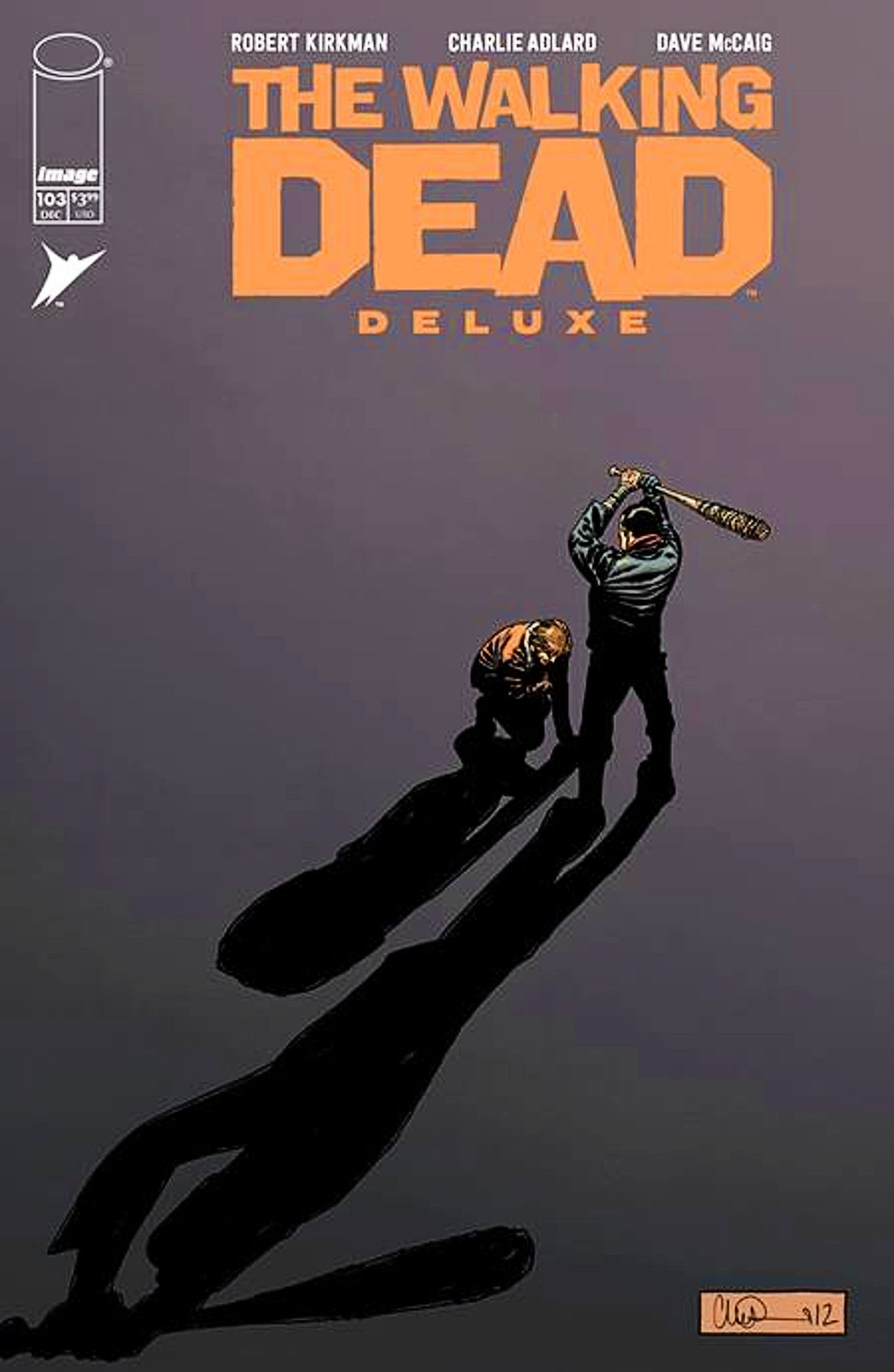
When The Walking Dead entered publication in 2003, there were little-to-no inhibitions on the comic; zombies had not yet had their mid-aughts resurgence in popularity, and publisher Image Comics didn’t restrain the creative team’s language or imagery. Nearly ten years later, with The Walking Dead TV series quickly becoming a sensation, it suddenly became prudent for Robert Kirkman to think in “franchise” terms, rather than just solely focusing on the ongoing story of his comic. The fact that he rejected this natural shift, and refused to tone down the comic in order to make it more adaptable, signifies his artistic integrity.
By seeking to make his comic stand apart from the show that it inspired, Kirkman made his work on the page even more impactful, and even more memorable.
Or, at least, it speaks to his creative willingness to take risks. Rather than feeling a responsibility to the whole franchise, Kirkman took the adaptation as a challenge to make The Walking Dead comic series even more original. By seeking to make his comic stand apart from the show that it inspired, Kirkman made his work on the page even more impactful, and even more memorable. In retrospect, it is another one of the things that makes Robert Kirkman and his legendary series The Walking Dead among the most influential creators of the first quarter of the 21st century.
The Walking Dead Deluxe #103 is available now from Image Comics.





